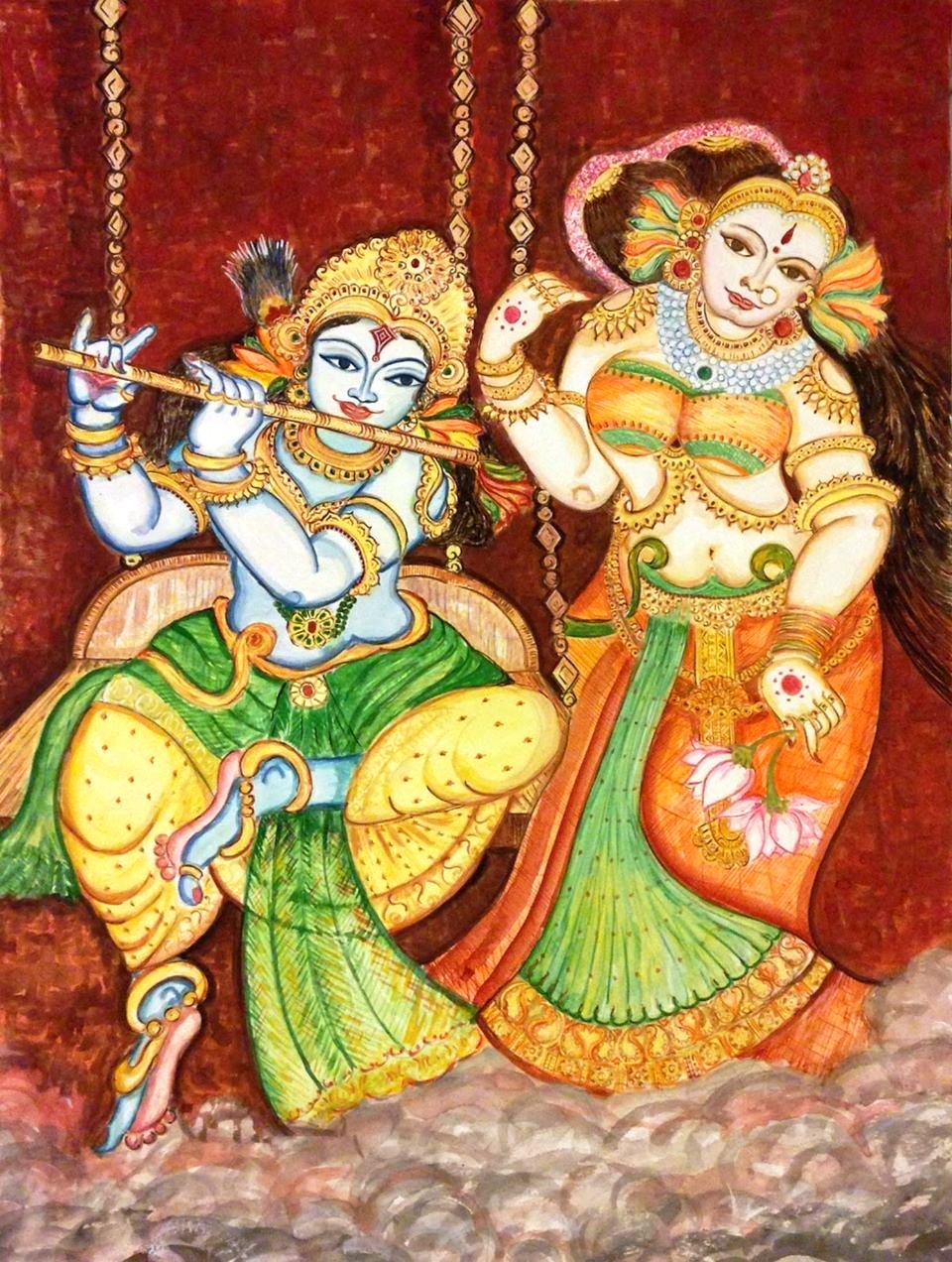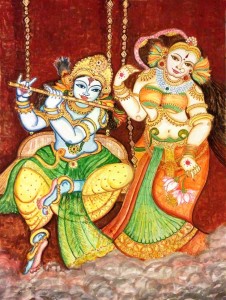
A lot of people discuss about the methods and techniques using which the paintings are made. But rarely do they talk about at what cost to the environment was that piece of art created? Is the wooden frame it is being done on extracted from an endangered tree? What are the environmental trade offs and how eco friendly are the paints and dyes being used to create that art?
Most of the traditional Indian art such as Madhubani art, Pattachitra, Phad and Warli art, are considered to be very eco friendly. All these art forms utilise paints and dyes extracted from natural sources such as charcoal, chalk, and other minerals. Madhubani and Gond art are two traditional art forms that are done on the smaller frames such as canvases as well as on the insides of the homes in some rural areas of Bihar and Madhya Pradesh respectively. All the rural art works are done by artisans who realize the importance of living in harmony and nature. Canvases made of hand made cloth are usually used and then natural vegetable paints are used to draw on them. Warli art form is another traditional Indian art form that involves extensive use of red colour, and it is extracted from red earth called ‘gerue’. In most of the Indian traditional art forms, rice paste or chalk paste or cow dung paste is used to create backgrounds.
Even the brushes are made using twigs, leaves and animal hair attached to wooden sticks. Pattachitra art form of Orissa involves a very interesting technique of drying palm leaves out in the sun and then weaving them all together to create one big canvas. So instead of cloth, palm leaves are used as painting surfaces. Pattachitra paintings have very beautiful textures and it takes a great deal of skills and patience to paint on such a unique surface.
No industrial processes are involved in creating a traditional Indian painting. It is tried that even the paints are natural and do not cause any harm when inhaled. Paints are usually made of three components:
- Pigment: It gives the paint its colour.
- Binder or resin: It makes sure that the paint sticks to the surface of the canvas or any other surface. (wooden, metallic, bines etc.)
- Solvent: Pigments are actually solid and they are dissolved in suitable liquid solvents. Solvent evaporates and all that is left behind is the pigment that imparts its colour to the painting.
Indian traditional paintings use vegetables, minerals, leaves, flowers etc. to extract the pigments from. Similarly, natural resins are used such as gum Arabic, honey or corn syrup, white wheat starch etc. Indian traditional art is collected by a lot of people and since they are made from all natural stuff, they are easy to restore as well. The importance of Indian traditional art is very difficult to neglect as in addition to being a beautiful art form that captures the essence of the diversity of the country, it also takes into account the fact of being an eco friendly form of art.
6,688 total views, 3 views today


